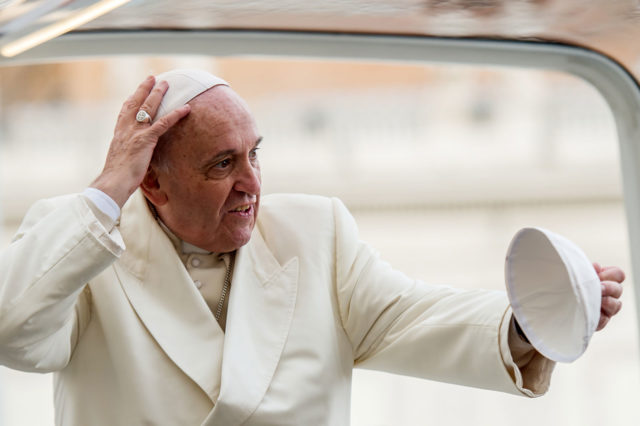IN SEPTEMBER 2018, after several years of rapprochement, the Vatican signed a provisional agreement with the People’s Republic of China’s government to share authority in the appointment of Chinese Catholic bishops. For nearly all of the People’s Republic of China’s (PRC) history, the Catholic Church in China has been divided into two: the state-affiliated Catholic Patriotic Church and an underground church that only recognises the authority of the Vatican. Rome has not recognised bishops appointed by the Patriotic Church, and vice versa. One rare example of dual recognition was the 2012 consecration of Thaddeus Ma Daqin 马达钦 as coadjutor/auxiliary bishop in Shanghai. However, Ma quickly resigned from the Patriotic Church — he was placed under house arrest, while the Shanghai seminary and diocesan publisher closed and local priests and nuns were sent to ‘re-education classes’ the following year.

Pope Francis and his advisors are seeking an accord with the CCP
Source: Catholic Church England and Wales, Flickr
While as of March 2019 the details of the new agreement were still yet to be revealed, it is expected that the Chinese government, in consultation with local bishops and parishioners, will propose bishops to the Vatican for ordination. Pope Francis now recognises seven bishops appointed by the state. A brief statement from the Vatican announcing the agreement noted: ‘Pope Francis hopes that, with these decisions, a new process may begin that will allow the wounds of the past to be overcome, leading to the full communion of all Chinese Catholics’. This new arrangement would influence the spiritual lives of the approximately twelve million Catholics in mainland China.
The Catholic Church’s history in China far predates that of the Chinese Communist Party (CCP). While not the first Catholic missionary to China, the Jesuit Matteo Ricci (1552–1610) is among the most famous, and helped ensure a Jesuit presence in the Ming and Qing courts. The Jesuits were accommodating of Chinese customs, including Confucian rites such as those around ancestor worship — a position at odds with other denominations — including the Dominicans, who considered the Confucian rites paganistic and incompatible with Catholicism. After Pope Clement XI issued a papal bull in 1715 condemning the Confucian rituals as incompatible with Catholicism, the emperor Kangxi banned the preaching of Catholicism. Jesuits, however, retained their special place in the court as artists, and technical and scientific advisors. Kangxi’s son and successor Yongzheng, who banned Catholicism altogether, still appreciated the talent of Italian Jesuit artist Giuseppe Castiglione. Yongzheng’s son and successor Qianlong, had Jesuits design the famed Western Palaces of his treasured summer palace, the Yuanmingyuan 圆明园 (Garden of Perfection and Light).
In 1842, after their victory in the first Opium War, and in addition to the trade concessions they forced on the Qing, France and Britain demanded that the court legalise Christianity and grant missionaries the freedom to proselytise. In the second Opium War, the French and British burnt and sacked the Yuanmingyuan. The fallen columns and other ruins of the Jesuits’ Western Palace became, and remain today, a potent symbol for the imperialist humiliation of China in the nineteenth century; that those buildings were designed by Jesuits generally does not enter this narrative.
When highly superstitious peasant rebels began mobilising across north China to defend the Qing against the foreign enemy, calling themselves the Righteous and Harmonious Fists 义和拳 — more commonly known as Boxers in English — they murdered Chinese Christians, and Protestant and Catholic missionaries, before laying siege to the foreign legations of Beijing in 1900. The Vatican and the Republic of China established diplomatic relations in 1942, and missionaries remained in China until 1951, when the new CCP government expelled them and established the Patriotic Church. This led to a rapid boost in numbers in Taiwan when the Nationalist government escaped there, where the church still claims around 300,000 adherents, with a strong presence in certain indigenous communities.
Following the September 2018 announcement, Cardinal Joseph Zen Ze-kuin 陳日君, Bishop Emeritus of Hong Kong, argued, ‘The Chinese government will succeed in eliminating the underground church with the help of the Vatican. Now that it is strengthening its suppression of religions, how could you think this will lead to a good agreement?’ Cardinal Zen later questioned whether newly recognised former underground bishops would have any autonomy once affiliated with the state church and doubted the Pope’s understanding of the CCP. Perhaps sensing that its only European diplomatic ally might be about to shift allegiances, in October the government in Taipei invited the Pope to visit Taiwan, but he is yet to accept.
At the core of this issue is authority: how can the Catholic Church cede to the atheist CCP its right to recognise and appoint bishops? The Party-state has ordered the demolition of numerous ‘underground’ churches in recent years; in November 2018, it was reported that four underground Catholic priests in Hebei had been arrested for refusing to join the Patriotic Church and put in custody for ‘indoctrination’.
Pope Francis and his advisors may be pragmatically seeking an accord with the CCP so as to express his care for all China’s Catholics and establish the church’s own legitimacy within the PRC’s borders. The current pontiff is not afraid of deviating from certain Vatican traditions and rapprochement with the CCP could be a small step in the Vatican’s centuries-long mission to spread Catholicism in China. Just as Matteo Ricci sought to make Catholicism palatable to the Ming and emphasise its harmony with Chinese traditions, so, too the Vatican of today could be seeking to re-Sinicise itself in order, ultimately, to increase its presence and influence in China.
Notes
D.E. Mungello, ‘The underground Catholic Church in China’, Georgetown Journal of International Affairs, 28 July 2017, online at: https://www.georgetownjournalofinternationalaffairs.org/online-edition/2017/8/17/the-underground-catholic-church-in-china
Holy See Press Office, ‘Briefing Note about the Catholic Church in China’, 22 September 2018, online at: https://press.vatican.va/content/salastampa/en/bollettino/pubblico/2018/09/22/180922g.html
‘Cardinal Zen rues “betrayal” of China’s underground church’, UCANews (Union of Catholic Asian News), 28 September 2018, online at: https://www.ucanews.com/news/cardinal-zen-rues-betrayal-of-chinas-underground-church/83483
Joseph Zen Ze-Kiun, ‘The Pope Doesn’t Understand China’, The New York Times, 24 October 2018, online at: https://www.nytimes.com/2018/10/24/opinion/pope-china-vatican-church-catholics-bishops.html
Catholic New Agency, ‘Taiwan offers second invitation to pope following Vatican-China deal’, 16 October 2018, Catholic Herald, online at: https://catholicherald.co.uk/news/2018/10/16/taiwan-offers-second-invitation-to-pope-following-vatican-china-deal/
‘Four underground priests reportedly disappeared in China’s Hebei province’, Catholic News Agency, 8 November 2018, online at: https://www.catholicnewsagency.com/news/four-underground-priests-reportedly-disappeared-in-chinas-hebei-province-85850


